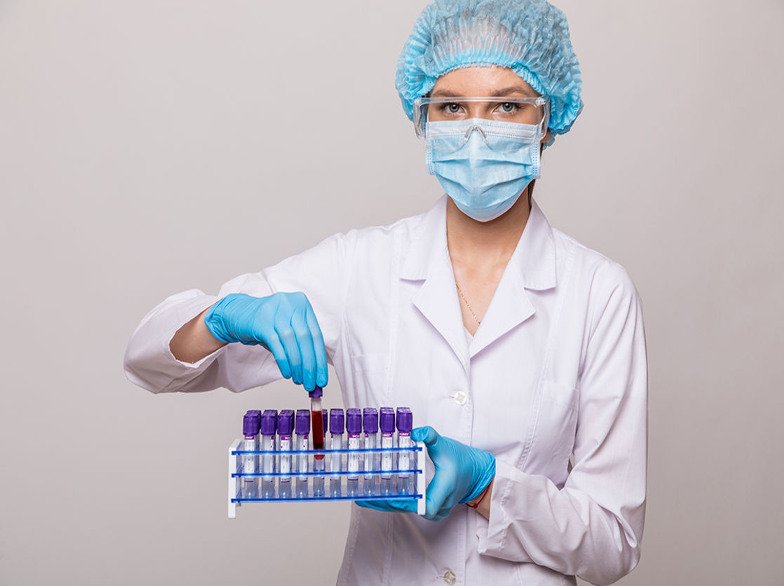Research Incentives and Collaboration in Developing Specialized Medical Equipment for Rare Diseases
Summary
- Specialized medical equipment for rare diseases is often lacking due to the small market size and limited profitability.
- Research incentives, such as grants, tax credits, and expedited regulatory pathways, are available in the United States to encourage the development of specialized medical equipment for rare diseases.
- Collaboration between industry, academia, and government is crucial for advancing research and innovation in the field of rare disease medical equipment.
Introduction
Rare diseases, also known as orphan diseases, are conditions that affect a small percentage of the population. While individually rare, collectively these diseases impact millions of people worldwide. Patients with rare diseases often face unique challenges, including limited treatment options and specialized medical equipment. Developing medical equipment for rare diseases can be a complex and costly process, but research incentives in the United States aim to facilitate innovation in this crucial area.
Challenges in Developing Specialized Medical Equipment for Rare Diseases
There are several challenges associated with developing specialized medical equipment for rare diseases, including:
- Small Market Size: Rare diseases affect a small number of patients, leading to a limited market for specialized medical equipment.
- Limited Profitability: Due to the small market size, companies may be hesitant to invest in research and development for specialized medical equipment for rare diseases.
- Complexity of Research: Developing medical equipment for rare diseases often requires a high level of specialization and expertise, which can make the research process more challenging.
Research Incentives for Developing Specialized Medical Equipment for Rare Diseases
In order to address the challenges associated with developing specialized medical equipment for rare diseases, various research incentives exist in the United States:
Grants
Government agencies, non-profit organizations, and private foundations offer grants to support research and development in the field of rare diseases. These grants can provide funding for innovative projects that aim to improve the diagnosis, treatment, and management of rare diseases.
Tax Credits
The Orphan Drug Tax Credit is a tax incentive in the United States that provides a credit of up to 50% of qualified clinical testing expenses for drugs and medical equipment intended to treat rare diseases. This tax credit encourages companies to invest in research and development for rare disease treatments.
Expedited Regulatory Pathways
The Orphan Drug Designation and the Rare Pediatric Disease Priority Review Voucher programs are regulatory pathways that expedite the approval process for drugs and medical equipment intended to treat rare diseases. These programs help to accelerate the development and availability of specialized medical equipment for rare diseases.
Collaboration for Innovation
Collaboration between industry, academia, and government is essential for advancing research and innovation in the field of rare disease medical equipment. By working together, stakeholders can share knowledge, resources, and expertise to accelerate the development of specialized medical equipment for rare diseases.
Conclusion
Developing specialized medical equipment for rare diseases is a challenging but crucial endeavor. Research incentives in the United States aim to overcome the barriers to innovation in this area and encourage the development of new treatments and technologies for rare diseases. By leveraging these incentives and fostering collaboration among stakeholders, we can continue to make progress in improving the lives of patients with rare diseases.

Disclaimer: The content provided on this blog is for informational purposes only, reflecting the personal opinions and insights of the author(s) on the topics. The information provided should not be used for diagnosing or treating a health problem or disease, and those seeking personal medical advice should consult with a licensed physician. Always seek the advice of your doctor or other qualified health provider regarding a medical condition. Never disregard professional medical advice or delay in seeking it because of something you have read on this website. If you think you may have a medical emergency, call 911 or go to the nearest emergency room immediately. No physician-patient relationship is created by this web site or its use. No contributors to this web site make any representations, express or implied, with respect to the information provided herein or to its use. While we strive to share accurate and up-to-date information, we cannot guarantee the completeness, reliability, or accuracy of the content. The blog may also include links to external websites and resources for the convenience of our readers. Please note that linking to other sites does not imply endorsement of their content, practices, or services by us. Readers should use their discretion and judgment while exploring any external links and resources mentioned on this blog.

